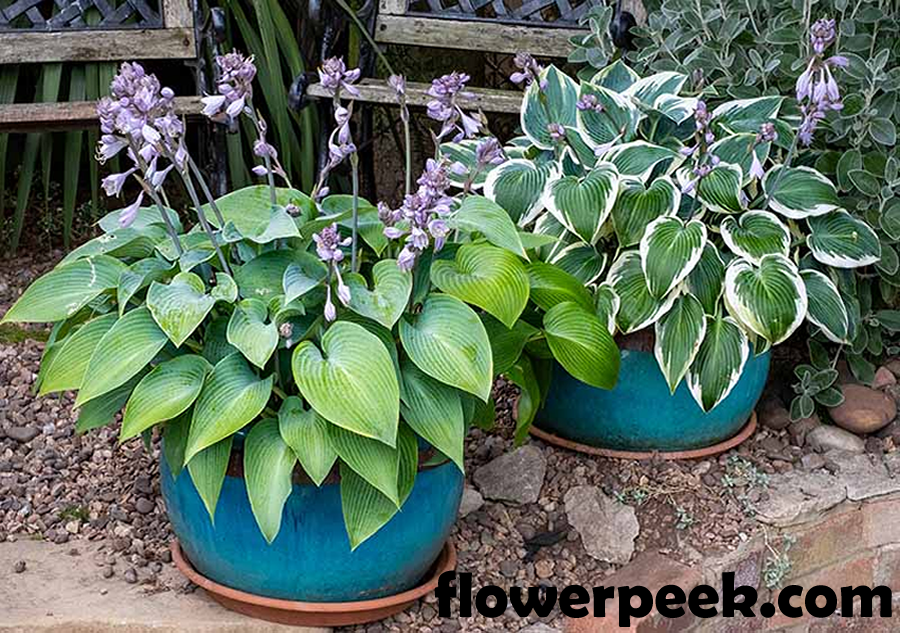GardenForums.com a friendly and growing community of gardeners.
We feature a
Garden Discussion Forum and
Garden Photo Gallery. It's a fun and friendly place to talk with other gardeners, ask questions, share you knowledge, view and post photos and more! Whether you're a master gardener, or brand new to the hobby, you'll find something of interest here.
The botanical name of Hosta plant is Hosta spp. And common names are Hosta, plantain lily. The Hosta plant is an herbaceous perennial plant and the plants are a very hardy and versatile plant. The plant is toxic to dogs and cats. The Hosta plant grows well in zones three to nine and it needs minimal maintenance. The Hosta plant is often considered a shade garden plant and the plant can thrive in pots as well. The Hosta plants have many shades of green and yellow leaves as well leaf variations making the plant an excellent addition to a balcony, porch, or patio area. If your garden area is actually prone to slugs, you can easily plant your Hosta in a pot. To learn how to grow Hosta in pots visit
https://www.flowerpeek.com/2024/03/how-to-grow-hosta-in-pots.html
Growing hostas in pots is a great way to enjoy their beautiful foliage in small spaces or on patios. Here’s how you can successfully grow them in containers:
- Size: Hostas need plenty of room for their roots to spread. Choose a pot that’s at least 12-18 inches in diameter and has good drainage holes.
- Material: Clay, ceramic, or plastic pots all work, but make sure the pot is sturdy enough to hold the plant’s size and weight. Lighter pots are easier to move but may need more frequent watering.
- Choose a well-draining potting mix, preferably one designed for perennials or vegetables.
- You can mix in some compost or organic matter to improve fertility and drainage.
- Hostas thrive in partial to full shade, so place your pot in a spot that gets filtered sunlight. Direct sun can scorch their leaves, especially in warmer climates.
- If you’re growing hostas outdoors, ensure the spot has protection from strong winds.
- Hostas like consistent moisture, but they don’t want to sit in water. Water the pot regularly, keeping the soil evenly moist, but not soggy.
- During hot weather, you may need to water more often, especially since pots tend to dry out faster than ground soil.
- Fertilize hostas with a slow-release fertilizer in the spring when new growth starts. You can also feed them once or twice during the growing season with a balanced, water-soluble fertilizer.
- Avoid over-fertilizing, as this can lead to leggy growth and fewer flowers.
- In colder climates, bring the pot indoors or place it in a sheltered spot, as hostas are hardy but the roots may freeze in pots.
- If leaving the pot outside, mulch the top of the soil to help insulate the roots during winter.
- Hostas can outgrow their pots over time. Repot your hosta every 2-3 years to refresh the soil and give the roots more space to grow.
Bottom Line:
Hostas are perfect for pots as long as they get the right amount of shade, moisture, and care. With the right pot size, location, and regular attention, you’ll have beautiful hostas that thrive in containers!
Let me know if you need tips on specific varieties of hostas or further care advice!
Gardenforums.com is a participant in the Amazon Services LLC Associates Program, an affiliate advertising program designed to provide a means for sites to earn advertising fees by advertising and linking to amazon.com

